
SEPTEMBER 21, 22, 23, 2021
IVT VIRTUAL LIVE FEBRUARY 9 & 10, 2021
PROCEEDINGS NOW AVAILABLE TO VIEW
ON DEMAND – CLICK HERE FOR ACCESS
Times stated below are CEST (Central European Summer Time)
 Gunwant Dhadyalla
Gunwant Dhadyalla Dr Ianto Guy
Dr Ianto Guy Joachim Stieler
Joachim Stieler Anthony Ohazulike
Anthony Ohazulike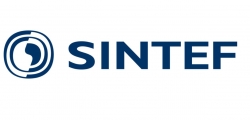 Signe Riemer-Sørensen
Signe Riemer-Sørensen Alexander Holler
Alexander Holler Joachim Stieler
Joachim Stieler Dr Mikko Hankaniemi
Dr Mikko Hankaniemi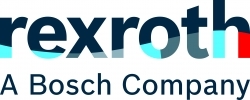 Dr Frank Bender
Dr Frank Bender Dr Arnold Free
Dr Arnold Free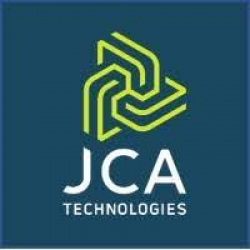 Jorge Viramontes
Jorge Viramontes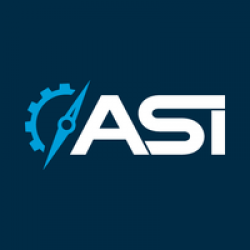 Drew Larsen
Drew Larsen Dr Ianto Guy
Dr Ianto Guy Gabriel Sallah
Gabriel Sallah Stefan Steinmann
Stefan Steinmann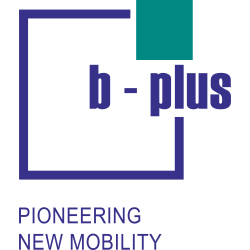 Johannes Zangerle
Johannes Zangerle Albin Remäng
Albin Remäng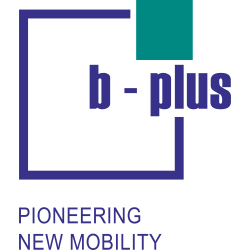 Johann Führmann
Johann Führmann Kristiaan De Meester
Kristiaan De Meester Sam Wood
Sam Wood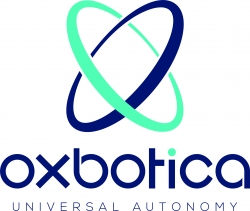 Aamir Aziz
Aamir Aziz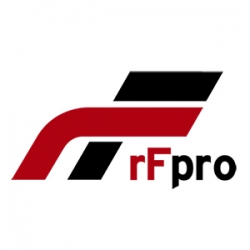 Matt Daley
Matt Daley Raul Bravo
Raul Bravo